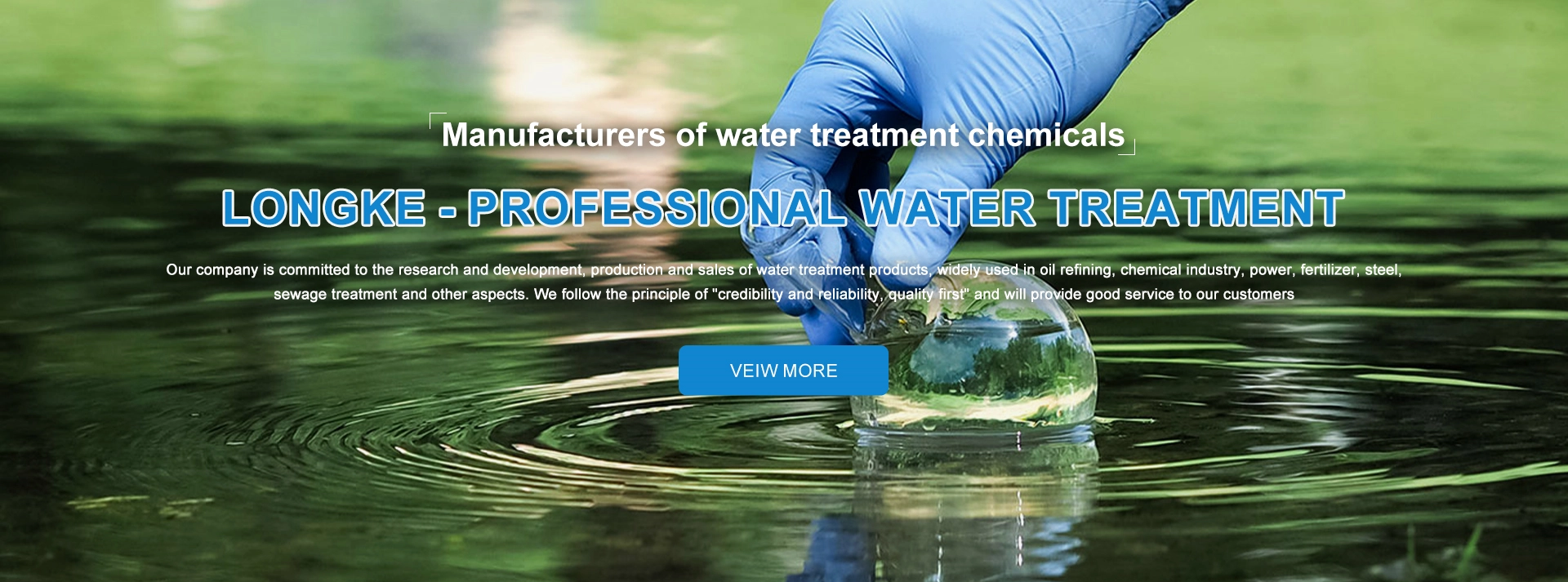atmp phosphonate
Understanding ATMP Phosphonates Their Structure, Properties, and Applications
ATMP phosphonates, or aminotrimethylene phosphonates, represent a significant class of chemical compounds that have garnered attention for their diverse applications in various industries, particularly in water treatment, detergents, and agriculture. This family of compounds is characterized by the presence of phosphonate groups, which are derived from phosphoric acid. The unique properties of ATMP phosphonates make them valuable for numerous applications, particularly due to their chelating abilities and stability.
Structure and Properties
The molecular structure of ATMP phosphonates features a central carbon chain bound to amine and phosphonate functional groups. This configuration allows ATMP to effectively interact with metal ions, forming stable complexes that can prevent scaling and enhance solubility in aqueous solutions. The ability of ATMP phosphonates to bind with various metal ions, including calcium and magnesium, is particularly crucial in applications where the prevention of scale formation is needed, such as in cooling water systems and boilers.
Furthermore, the presence of amine groups in the ATMP molecule contributes to its overall stability and solubility. ATMP phosphonates are typically stable across a wide range of pH levels, making them ideal for use in both acidic and alkaline environments. Their low toxicity profile further enhances their appeal, particularly in agricultural applications, where environmental safety is a significant concern.
Applications
atmp phosphonate

1. Water Treatment One of the primary applications of ATMP phosphonates is in the water treatment industry. They are commonly used as scale inhibitors in cooling towers, boilers, and other industrial facilities where water hardness can lead to the build-up of scale and corrosion. By effectively chelating metal ions, ATMP phosphonates help maintain efficiency in water systems and extend the lifespan of equipment.
2. Detergents and Cleansing Agents The surfactant properties of ATMP phosphonates render them effective as builders in detergents and cleaning products. Their ability to soften water enhances the effectiveness of surfactants, allowing for improved cleaning performance and reduced usage of harsh chemicals. As consumers become increasingly aware of environmental issues, the demand for biodegradable and sustainable cleaning agents has led to increased interest in phosphate alternatives like ATMP.
3. Agriculture In the agricultural sector, ATMP phosphonates play a role as fertilizers and agents to improve nutrient uptake in plants. By chelating essential micronutrients, these compounds facilitate better absorption, thus enhancing plant growth and yield. Their application can also help optimize the use of fertilizers, reducing environmental runoff and promoting more sustainable farming practices.
4. Industrial Processes Beyond water treatment and agriculture, ATMP phosphonates find applications in various industrial processes, including metal finishing and textile treatment. Their chelating properties can improve the efficiency of various chemical reactions and processes, leading to better product quality and lower operational costs.
Conclusion
ATMP phosphonates exemplify a versatile and valuable class of compounds that have emerged as crucial agents in multiple sectors. Their unique structures and properties enable a range of applications, from preventing scale in water systems to enhancing agricultural productivity. As industries continue to seek sustainable alternatives to traditional chemicals, ATMP phosphonates are likely to become increasingly significant, reflecting a growing commitment to environmental stewardship and efficiency. As research advances, further innovations and applications of ATMP phosphonates hold promise for the future, contributing to economic and ecological benefits across a variety of fields.
-
The Power of Isothiazolinones in Modern ApplicationsNewsMay.08,2025
-
Flocculants in Water TreatmentNewsMay.08,2025
-
Flocculants and Chemical Solutions: What You Need to KnowNewsMay.08,2025
-
Flocculants and Chemical Solutions: A Growing IndustryNewsMay.08,2025
-
Essential Chemicals: Polymaleic Anhydride and MoreNewsMay.08,2025
-
Acrylic Polymers: Essential Solutions for IndustryNewsMay.08,2025





